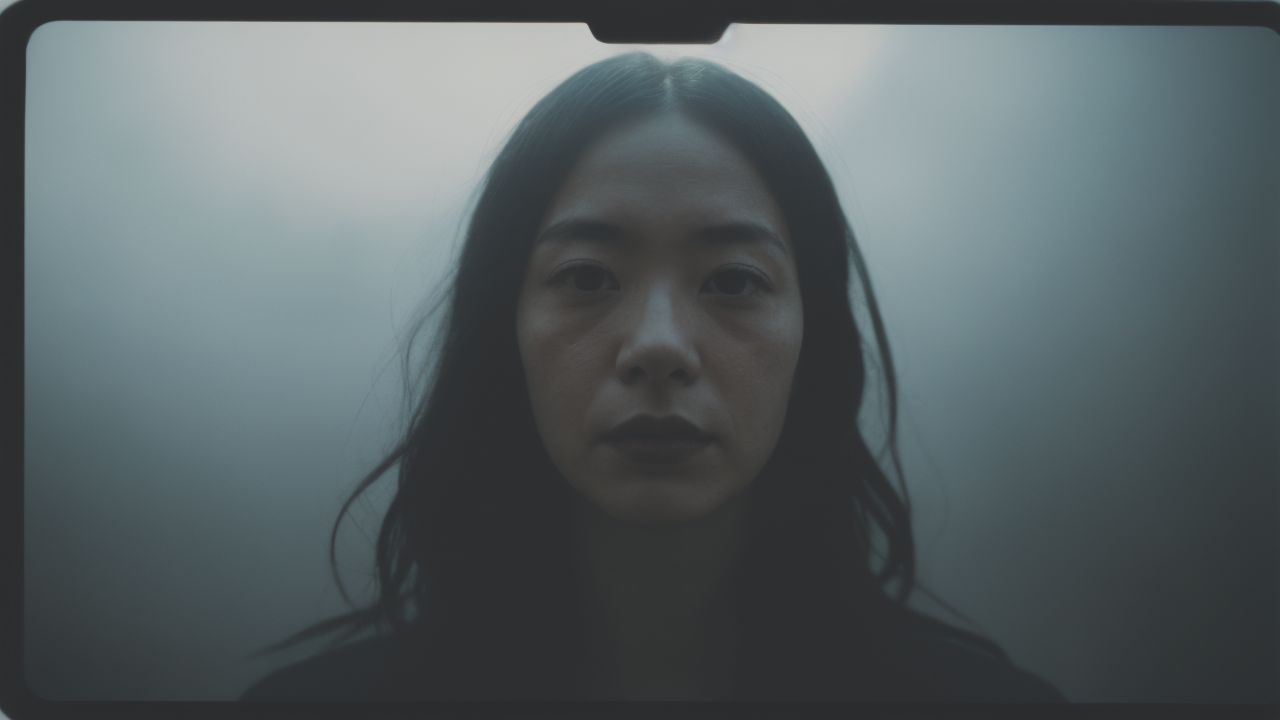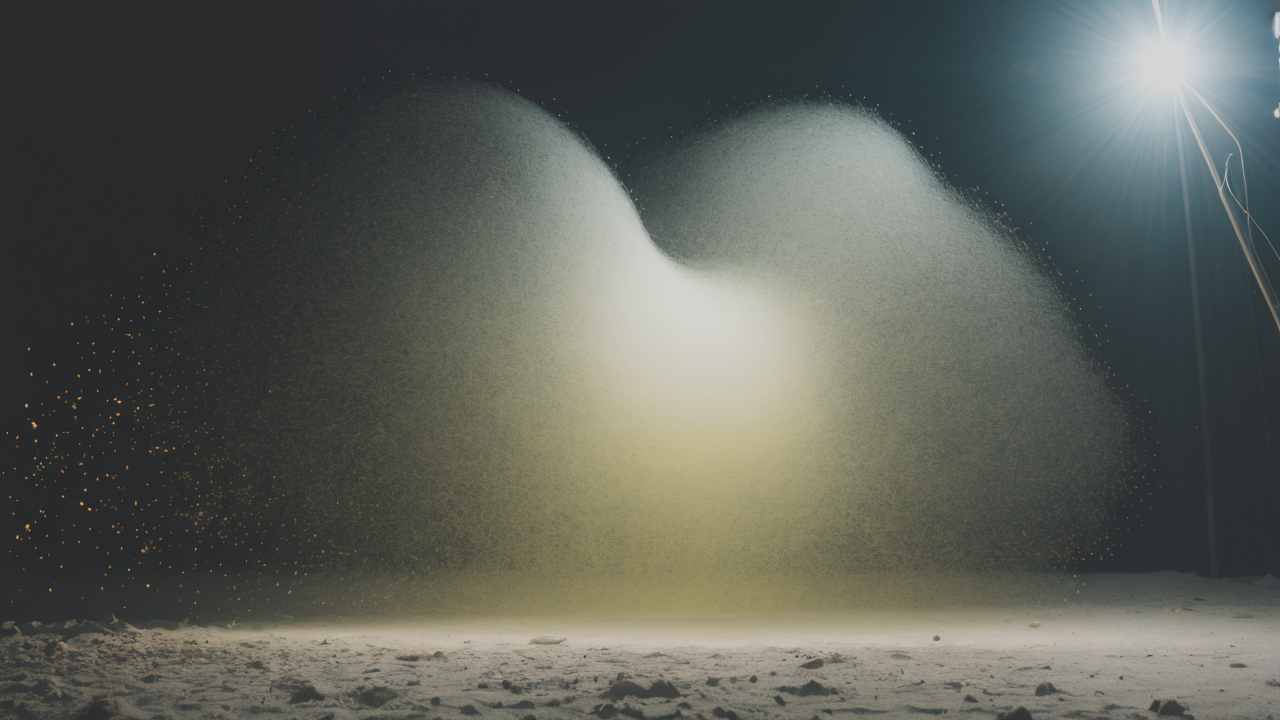
Exploring Textured Painting Techniques: A Comprehensive Guide for Serious Artists
The Intersection of Wabi-Sabi Art and SCP-059
Understanding Wabi-Sabi: An Introduction to its Aesthetic Appeal
Wabi-sabi is a Japanese concept that finds beauty in imperfection. It values simplicity and the natural aging of objects. In art, wabi-sabi embraces rough textures and asymmetry. It sees beauty in things that are incomplete or modest.

Key aspects of wabi-sabi in art include:
- Use of natural materials
- Appreciation of wear and tear
- Celebration of imperfections
- Emphasis on simplicity
- Respect for the passage of time
Wabi-sabi art often features muted colors and organic forms. It might show cracks, weathering, or uneven surfaces. This approach contrasts with ideals of perfection in Western art. It invites viewers to find beauty in the ordinary and imperfect.
Deciphering SCP-059: A Gateway to Experimental Drawing Techniques
SCP-059 is a fictional object from the SCP Foundation universe. It's described as a piece of paper that can alter reality when drawn upon. While not real, this concept can inspire new art techniques. It encourages artists to think beyond traditional methods.
Inspired by SCP-059, artists might:
- Experiment with materials that change over time
- Create interactive or responsive drawings
- Explore the idea of art that affects its surroundings
- Blend 2D and 3D elements in unexpected ways
These ideas align well with wabi-sabi principles. They embrace change, imperfection, and the unexpected. By imagining their work as reality-altering, artists can push boundaries in textural drawing.
Innovative Art Techniques: Exploring Wabi-Sabi within SCP-059
Leveraging SCP-059 for Textural Creations
The concept of SCP-059 can inspire unique textural drawing techniques. These methods can embody wabi-sabi principles of imperfection and transience. Artists might experiment with materials that change or react to their environment.

Some innovative techniques could include:
- Using UV-sensitive pigments to create evolving artworks
- Incorporating natural materials like sand or leaves into drawings
- Creating layered textures that reveal different patterns over time
- Experimenting with hygroscopic materials that respond to humidity
These approaches blur the line between drawing and sculpture. They create artworks that are dynamic and unpredictable. This unpredictability aligns with wabi-sabi's acceptance of natural processes and impermanence.
Wabi-Sabi and Digital Media: A Synergistic Blend
Digital art offers new ways to explore wabi-sabi concepts in textural drawing. Artists can use technology to create works that change and evolve. This merges traditional aesthetics with modern tools.
Some digital wabi-sabi techniques might include:
- Using algorithms to generate imperfect, asymmetrical forms
- Creating virtual reality environments with evolving textures
- Designing digital artworks that "age" or "weather" over time
- Using glitch art to embrace digital imperfections
These methods allow artists to explore wabi-sabi ideas in new ways. They can create works that are both high-tech and rooted in traditional aesthetics. This blend of old and new offers exciting possibilities for textural art.
Case Studies: Successful Implementations of Wabi-Sabi in Art
Notable Artists and Their Contributions to Wabi-Sabi Art
Many artists have embraced wabi-sabi principles in their work. Their art showcases the beauty of imperfection and transience. These artists often use unconventional materials and techniques.

Some notable wabi-sabi artists include:
- Axel Vervoordt: A Belgian designer known for his minimalist interiors
- Masao Yamamoto: A Japanese photographer who creates small, delicate prints
- Shiro Tsujimura: A ceramicist who celebrates the natural qualities of clay
- Leonard Koren: An artist and writer who has explored wabi-sabi concepts
These artists find beauty in simplicity and imperfection. Their work often features rough textures and muted colors. They show how wabi-sabi principles can be applied to various art forms.
How Wabi-Sabi Art Influences Current Trends in Visual Culture
Wabi-sabi has had a significant impact on contemporary design and visual culture. Its influence can be seen in various fields, from fashion to interior design. Many people are now drawn to items that show character and authenticity.
Some trends influenced by wabi-sabi include:
- Minimalist design aesthetics
- Interest in handmade and artisanal products
- "Distressed" or "lived-in" looks in fashion and home decor
- Appreciation for vintage and weathered items
- Focus on sustainable and natural materials
These trends reflect a shift in how we view beauty and value. Many now appreciate things that show their age and history. This aligns with wabi-sabi's emphasis on finding beauty in the imperfect and transient.
The rise of "slow living" and mindfulness practices also reflects wabi-sabi principles. These movements encourage people to find joy in simple, everyday moments. They align with wabi-sabi's focus on appreciation and acceptance.
In conclusion, the intersection of wabi-sabi and SCP-059-inspired techniques offers exciting possibilities. Artists can create works that challenge traditional ideas of beauty and permanence. These approaches encourage us to see the world differently. They remind us of the beauty in imperfection and the value of embracing change.
As these concepts continue to influence visual culture, we can expect more innovative art. We may see more works that celebrate imperfection and explore the boundaries of reality. This shift could lead to a richer, more diverse artistic landscape. It invites us all to find beauty in unexpected places and to embrace the ever-changing nature of our world.
The combination of wabi-sabi philosophy and SCP-059-inspired techniques opens up new possibilities. It allows artists to create works that are both deeply rooted in tradition and boldly experimental. This approach can lead to art that is not only visually striking but also thought-provoking and emotionally resonant.
By embracing imperfection and the idea of art as a living, changing entity, artists can create works that truly engage viewers. These pieces can invite contemplation about the nature of beauty, time, and reality itself. They can challenge our perceptions and encourage us to see the world in new ways.
As we move forward, it's likely that these unconventional approaches will continue to gain traction. They offer a refreshing alternative to the polished perfection often seen in mainstream art. By celebrating the beauty of the imperfect and the transient, these techniques can help us find meaning and beauty in our own imperfect lives.


